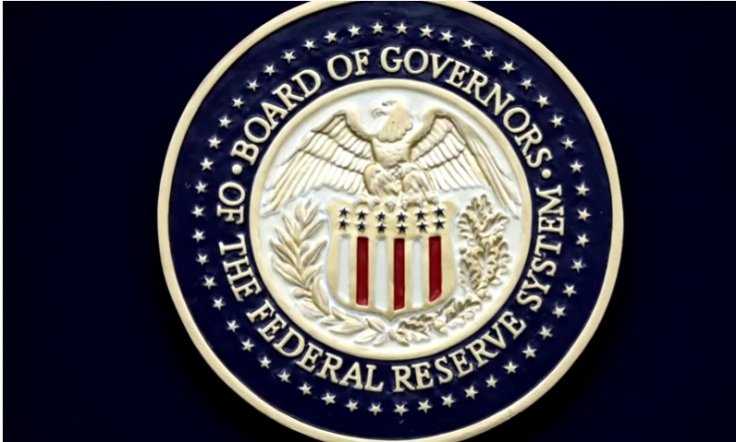With the US Federal Reserve rolling out multiple interest rate hikes this year, the economy could slip into recession, Goldman Sachs has warned. Analysts think that the Fed might roll out nearly eight interest rate hikes this year.
The odds of the US economy contracting is at about 35 percent over the next two years, said Goldman Sachs chief economist Jan Hatzius.
"Our analysis of historical G10 episodes suggests that although strong economic momentum limits the risk in the near-term, the policy tightening we expect raises the odds of recession. As a result, we now see the odds of a recession as roughly 15% in the next 12 months and 35% within the next 24 months," Hatzius said in a new note to clients.

Emerging from the slack built up over the last two years due to the coronavirus pandemic, the Federal Reserve has no way but to tighten the monetary policy and raise the rates. The Fed will be doing a tightrope walk as it tries to to keep inflation at less than 2 percent. Its chief challenge will be to reduce the gap between jobs and workers, and to slow wage growth.
"Taken at face value, these historical patterns suggest the Fed faces a narrow path to a soft landing as it aims to close the jobs-workers gap and bring inflation back towards its 2% target," the analyst added.
Inflation Readings Remain Red Hot
Analysts note that inflation readings continue to run red-hot as the economy recovers from the COVID-19 pandemic and deals with soaring prices for energy. The Producer Price Index (PPI) for March recently showed a worrying 11.2% advancer spanning the past 12 months.
Deutsche Bank's Matthew Luzzetti had also predicted that US recession is around the corner.
History suggests that the Federal Reserve will face a difficult task in tightening monetary policy enough to cool inflation without causing a U.S. recession, with the odds of a contraction at about 35% over the next two years, according to Goldman Sachs Group Inc.

The Fed's main challenge is to reduce the gap between jobs and workers, and to slow wage growth to a pace consistent with its 2% inflation goal by tightening financial conditions enough to reduce job openings without sharply rising unemployment, Chief Economist Jan Hatzius wrote in a research report on Sunday.
Achieving a so-called soft landing may be tough, because historically large declines in the gap in the U.S. have only occurred during recessions.
"Taken at face value, these historical patterns suggest the Fed faces a hard path to a soft landing," Hatzius said.
However, the analyst also says a recession isn't inevitable. There are more examples of other countries in the Group of 10 advanced economies having pulled off the soft landing, he noted.








